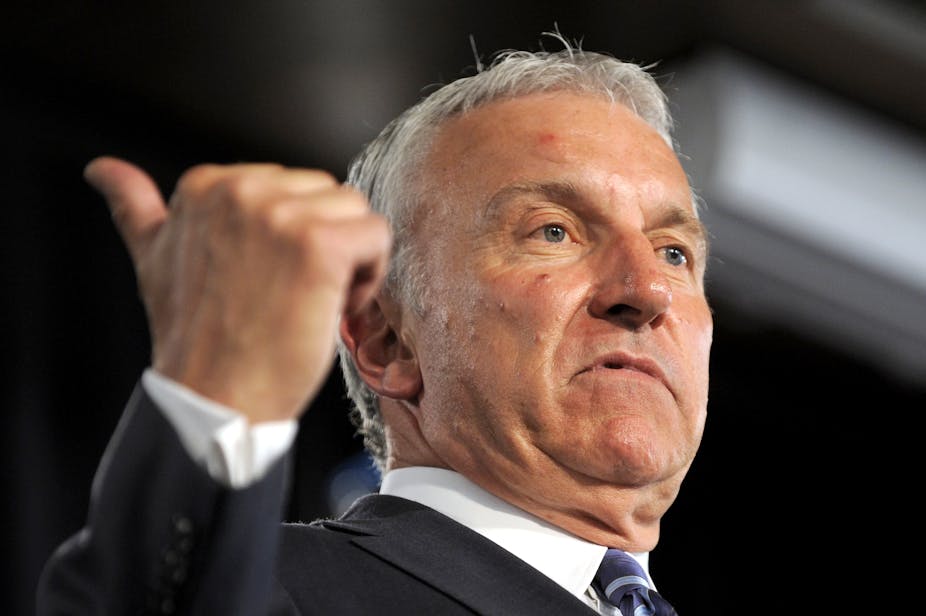Unemployment among Australian young people has risen to an “alarming” 12.2% in the year to January, compared with 8.8% in 2008, the Brotherhood of St Laurence says, launching a national campaign to get draw attention to the “crisis”.
As the general unemployment rate hit 6% in January, the jobless rate among those aged 15 to 24 was 13.4 % last month.
The welfare group has identified “hot spots”, saying the young are especially bearing the brunt in outer suburban, regional and rural areas.
Over the year to January, youth unemployment hit 21% in west and north west Tasmania; 20.5% in Cairns; 19.7% in northern Adelaide; 17.5% in the area of Victoria’s Goulburn Valley, Wodonga and Wangaratta; 17.3% in Mandurah in Western Australia, and 16.8% in Parramatta in outer Sydney.
The worst state for youth unemployment is Tasmania, with more than 17%; the lowest rate is in Western Australia, with under 10%.
The Brotherhood’s campaign for youth employment has attracted backing from former News Ltd chief John Hartigan. It is releasing a Youth Unemployment Monitor, including an introduction by Hartigan, keys fact and analysis, and young people’s own accounts.
The Brotherhood’s executive director Tony Nicholson said the situation was a crisis that Australians could not afford to ignore, and youth unemployment as high as 21% in some areas was “a scandal” for young people, the community and the economy.
“It’s a disaster for our young people who want to work but are getting locked out of the workforce and locked into welfare dependency because they have no choice. It’s a disaster for communities, leading to more homelessness and despair for young people and their families. And it’s a disaster for the national economy and for taxpayers who will end up paying the bill.”
The campaign sought to highlight the problem so Australians could start tackling this crisis together, he said.

